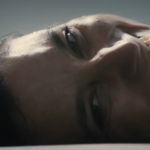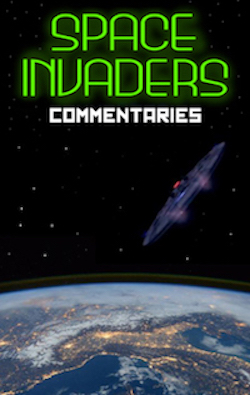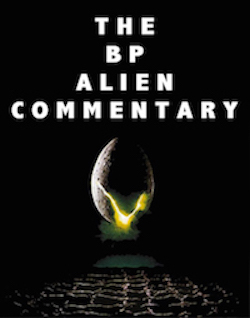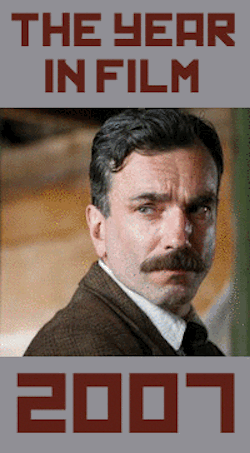Home Video Hovel: The Epic of Everest, by David Bax
In the opening intertitles of Captain John Noel’s The Epic of Everest, a stunning account of the 1924 attempt to summit the world’s largest mountain that ended in the deaths of George Mallory and Andrew Irvine, there is text stating that is is man’s destiny to master his surroundings. That kind of outdated chauvinism (along with a later intertitle that essentially lists Sherpas among the team’s inventory) might be a little off-putting. But the power of the images and their presentation quickly lets all of that fall by the wayside.
There is quite a lot of text onscreen before any actual image appears in The Epic of Everest. But that first one is a doozy. Everest and the clouds that drift around it dominate a frame tinted the color of dawn. When people are asked why they want to climb Everest and they reply, “Because it’s there,” their answer should be accompanied by this shot. After establishing the “terrible mountain,” though, Noel settles into a cozier pace, detailing the group’s time in ancient Tibetan mountain towns, befriending locals and a “sleepy baby donkey.” After one shot of Mallory and Irvine, though, the next intertitle reminds us that both of them will be dead less than two weeks later. Tension and dread seep into the playful imagery.
The text, of which there is an abundance, is purple and flowery without veering into pretentiousness. It adds glory and nobility to the team’s pursuit. Wisely, and effectively, the words become more straightforward and matter of fact in the late passages dealing specifically with Mallory and Irvine’s final push for the summit and eventual, unseen demise. Then, to attempt to frame the events in some kind of mystical meaning, it returns to its lofty origins.
If the words onscreen add drama, the score elevates it. BFI commissioned new music by Simon Fisher Turner for this restoration and, though it may be more modern than the images it is meant to accompany, it is potent and stirring enough that it likely won’t bother you, even if you believe such an anachronism is a problem in the first place, which it isn’t. A film of today like this week’s Everest has tricks at its disposal that Noel did not and one of the main ones is sound. No matter how impressive Noel’s photography, silence prohibits some of the danger from being felt, as does the long distance of the later shots after the camera equipment could no longer make the climb. Turner’s music adds that danger and emotion back in where it should be so that, by the time we reach the final shots of Everest, this time tinted the color of sunset, we feel we’ve experienced something that no amount of CGI or Hollywood stars could achieve.
BFI’s restoration includes, as noted, the inclusion of the intended tints and tones. The beautiful transfer on the Blu-ray does them justice.
Special features include an introduction by Sandra Noel, and featurettes on the score and the restoration.






























